Pomegranate Wine Recipe
Hey Guys and Gals!
Are you looking for an awesome Pomegranate Wine Recipe light or full body flavor you will find it blow? So look no further you have found what you have been looking for! Below is the most awesome tasting Pomegranate Wine Recipe’s in the world.
Step 1
- 6 Pomegranates
- 96 oz. water
- 2.75 lbs. sugar
- 8 oz. White Grape Concentrate
- 2 tsp. Acid Blend
- 1 tsp. Pectic Enzyme
- 1 tsp. Yeast Nutrient
- 1/4 tsp. Tannin
- 1 Campden Tablet
Step 2
- 1 pack Lalvin EC-1118 wine yeast, K1V-1116 or Montrachet
Instructions
Equipment
- Primary fermenter (carboy)
- stirring spoon
- hydrometer,
- straining bag
- siphon tubing kit
- 1 gallon carboy or jug
- an airlock and bung
- Sanitizer
- (A thermometer and brewing belt may be used to monitor and control temperature.)
Make sure all equipment (i.e. stirring spoon, etc..) is sterilized. Contaminated equipment can let a stray yeast enter the wine and ruin it’s taste.
Instructions
Step 1
Wash your pomegranates. Peel and remove all yellow skin. Split open and scrape out red seeds. Loosen all the seeds and try to get as much of the white skin out.
Place the seeds into the nylon straining bag, mash and strain juice into your primary fermenter. Add water and all remaining ingredients. Except yeast. Cover primary fermenter.
Wait 24 hours, then you will add your prepared yeast.
Step 2
Yeast Hydration and primary fermentation: in a large cup add 4 ounces of warm chlorine free water.
Stir the yeast into the water then let mixture stand in cup for 15 minutes, make sure it is bubbling and then you will add it to your wine.
Take your hydrometer reading and calculate all the measurements.
Let ferment with the pulp for 5-7 days
Stage 3
After 5-7 days when the foaming calms down you will siphon your wine off of the sediment into your secondary container which is usually your glass carboy.
(The sediment is the stuff that accumulates at the bottom of your container.)
Attach your airlock and wait for your fermentation to be complete.
Although yeast activity will decrease as the fermentation process proceeds, there will still be fermentation going on as long as you still see some foaming or bubbling.
Stage 4: Aging / Bottling
You can repeat the racking process several times to get the maximum clarity though I would wait in-between each time a day or to, so the sediment can settle. I personally don’t like racking multiple times because of the risk of oxidation meaning the air touching it will give it a funny taste.
Bottle using the siphon cork and let wine sit for 6-12 months before drinking.
Other Great Things To Know
To spirits and cheers,
Binyomin Terebelo, Master Distiller and Drinkologist.
Photo by Joanna Kosinska on Unsplash

I love hearing from you about why you love something I wrote or published or a recipe I don’t know. I am Master Distiller at Terebelo Distillery, Love all things alcohol. Freelance for Grogmag and blog recipes for buildthebottle.com Weekend Rabbi too.

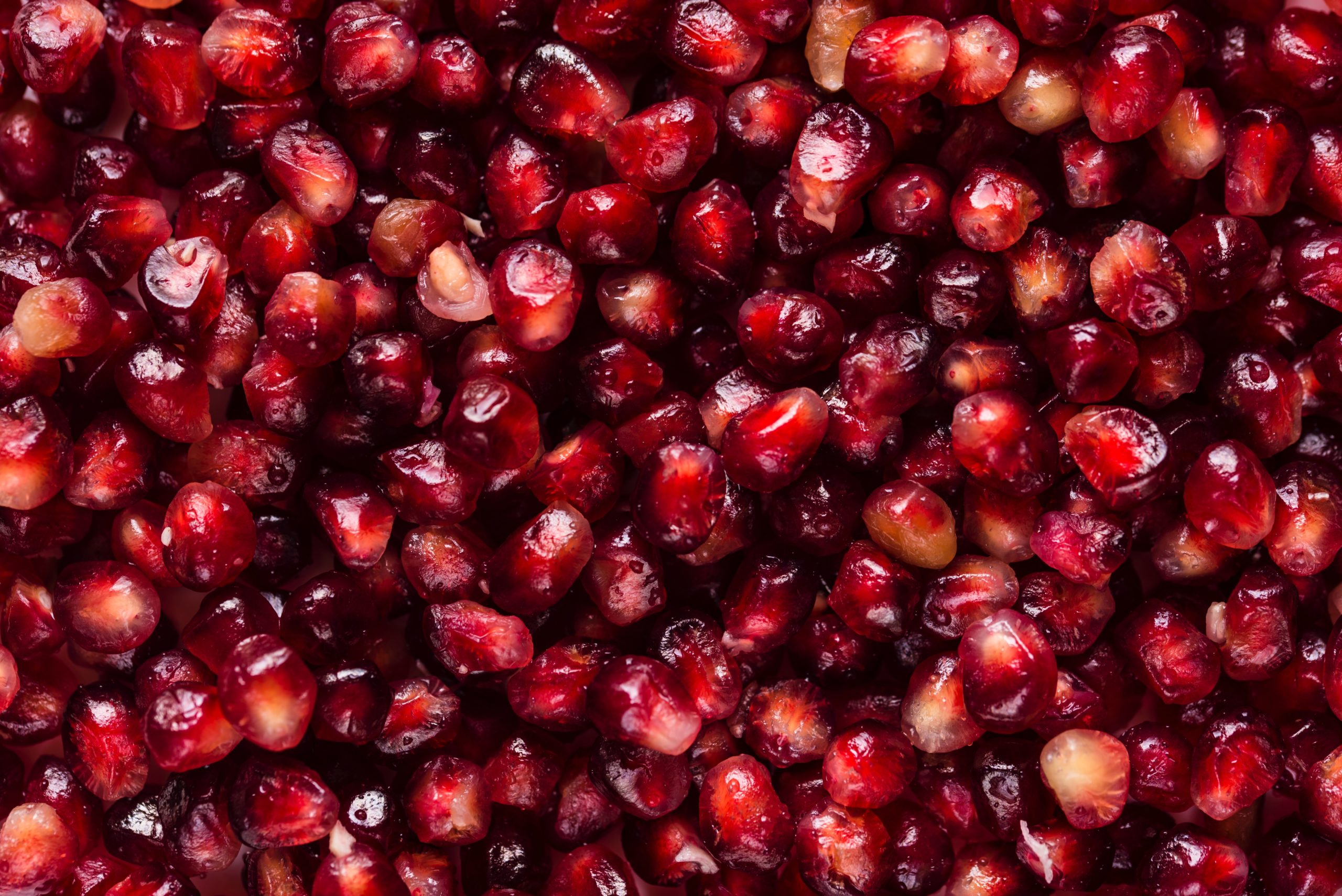
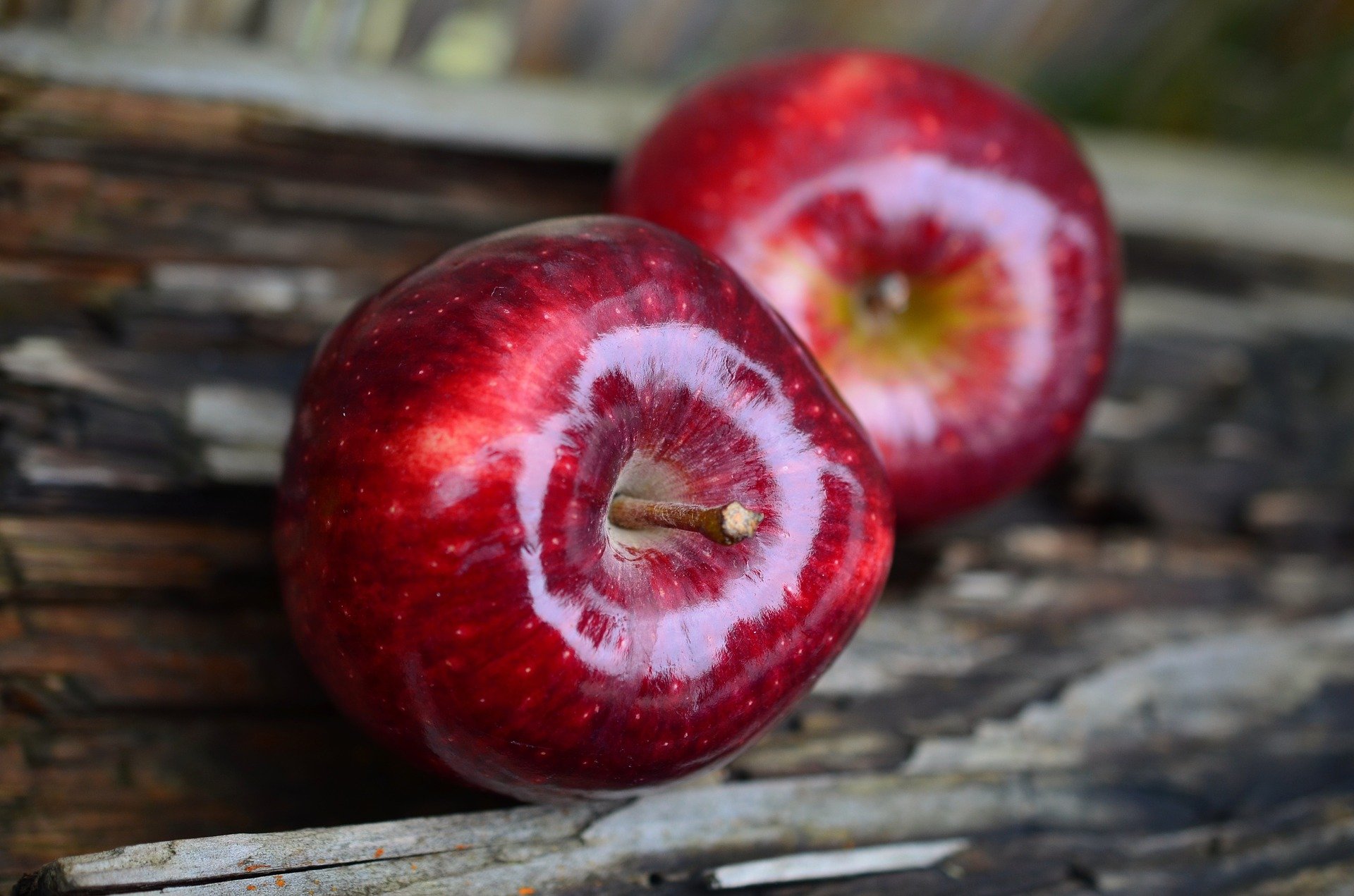
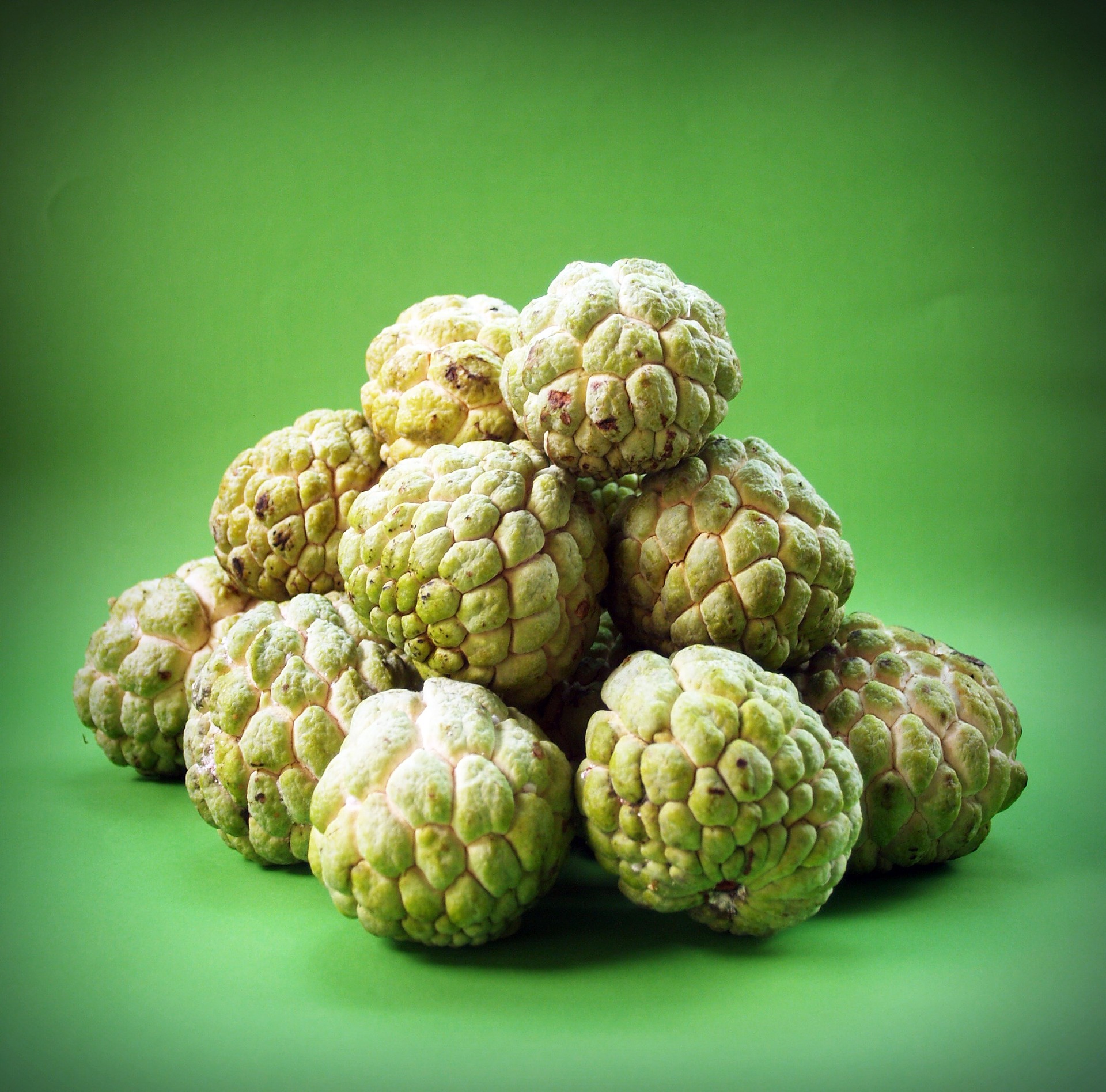
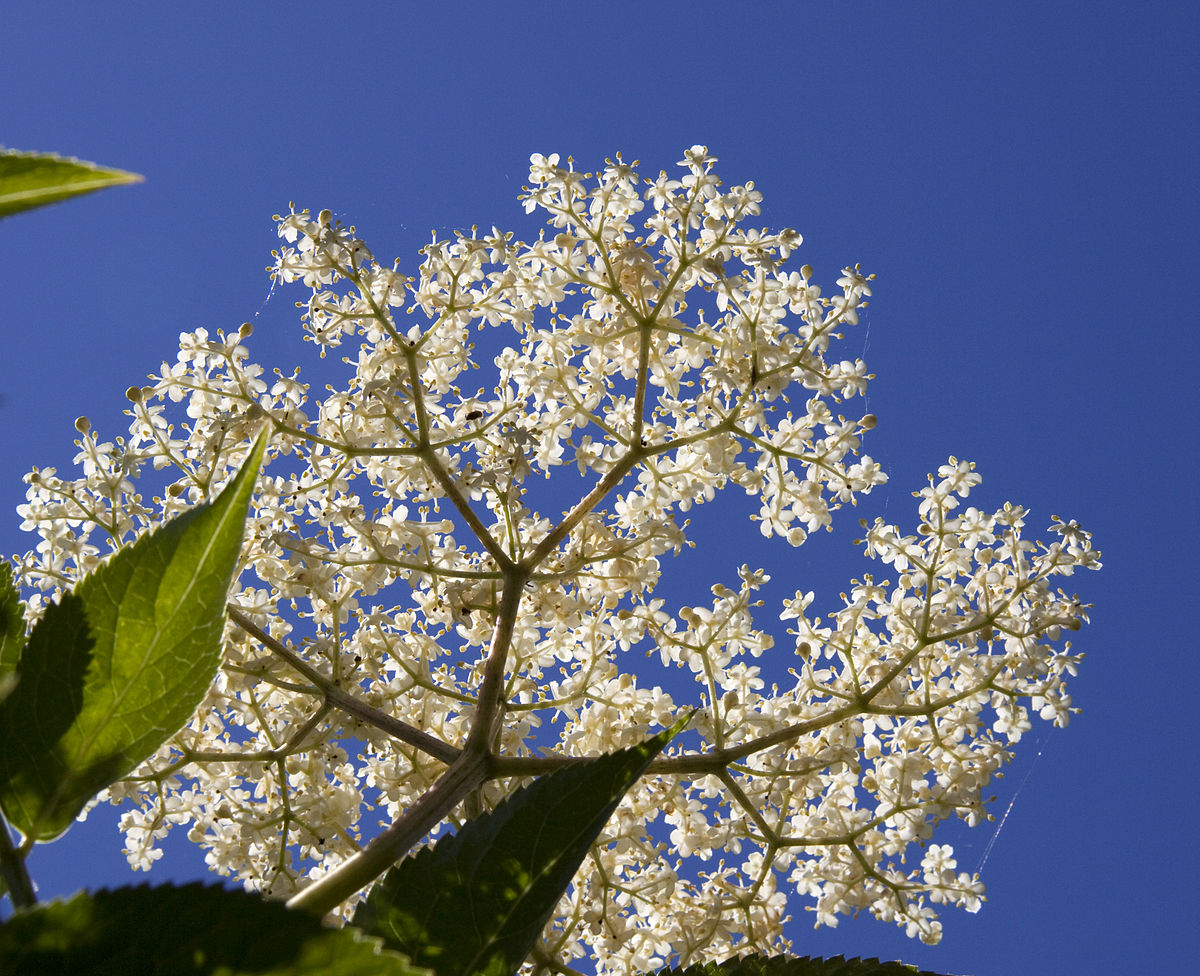
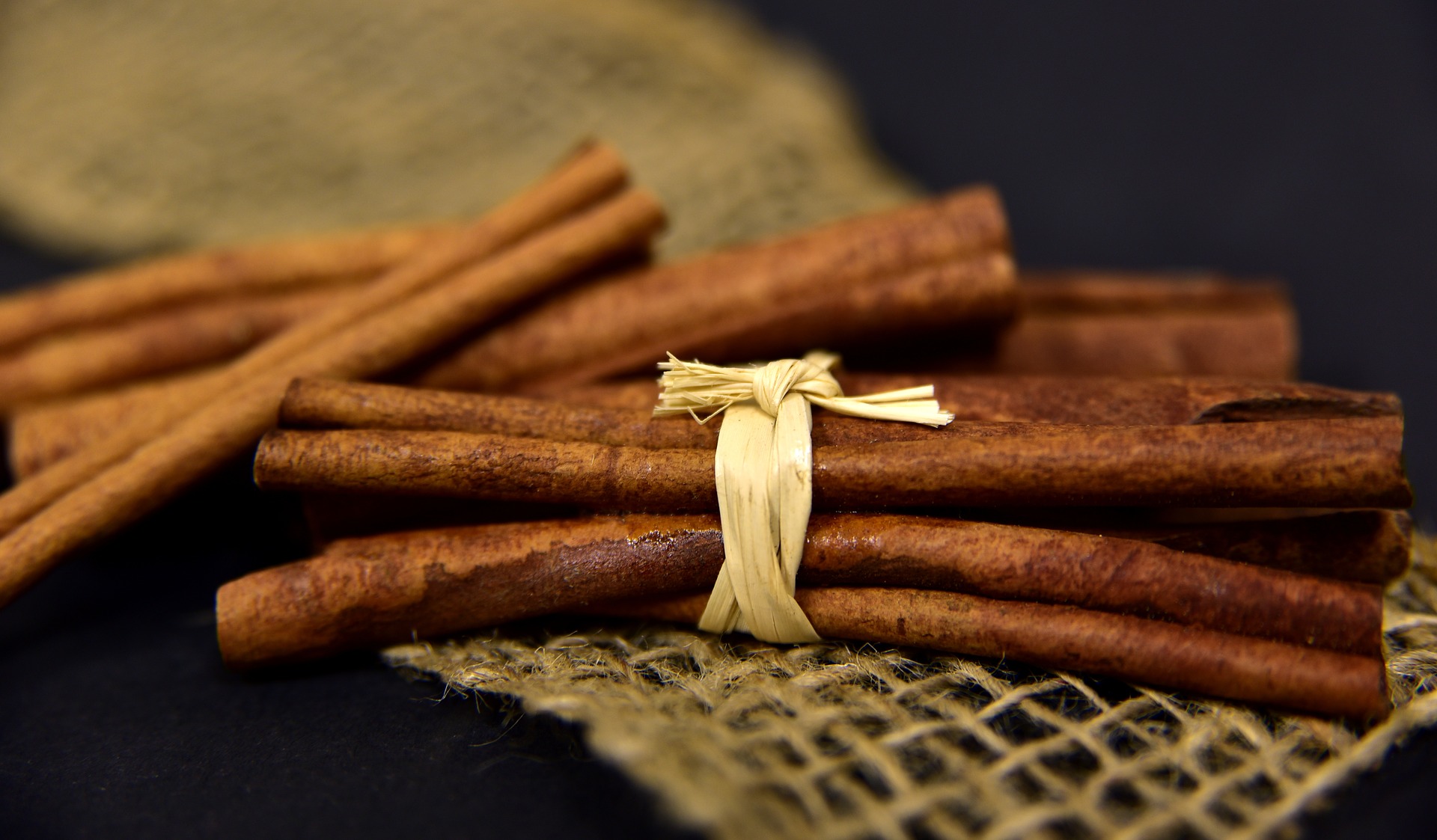
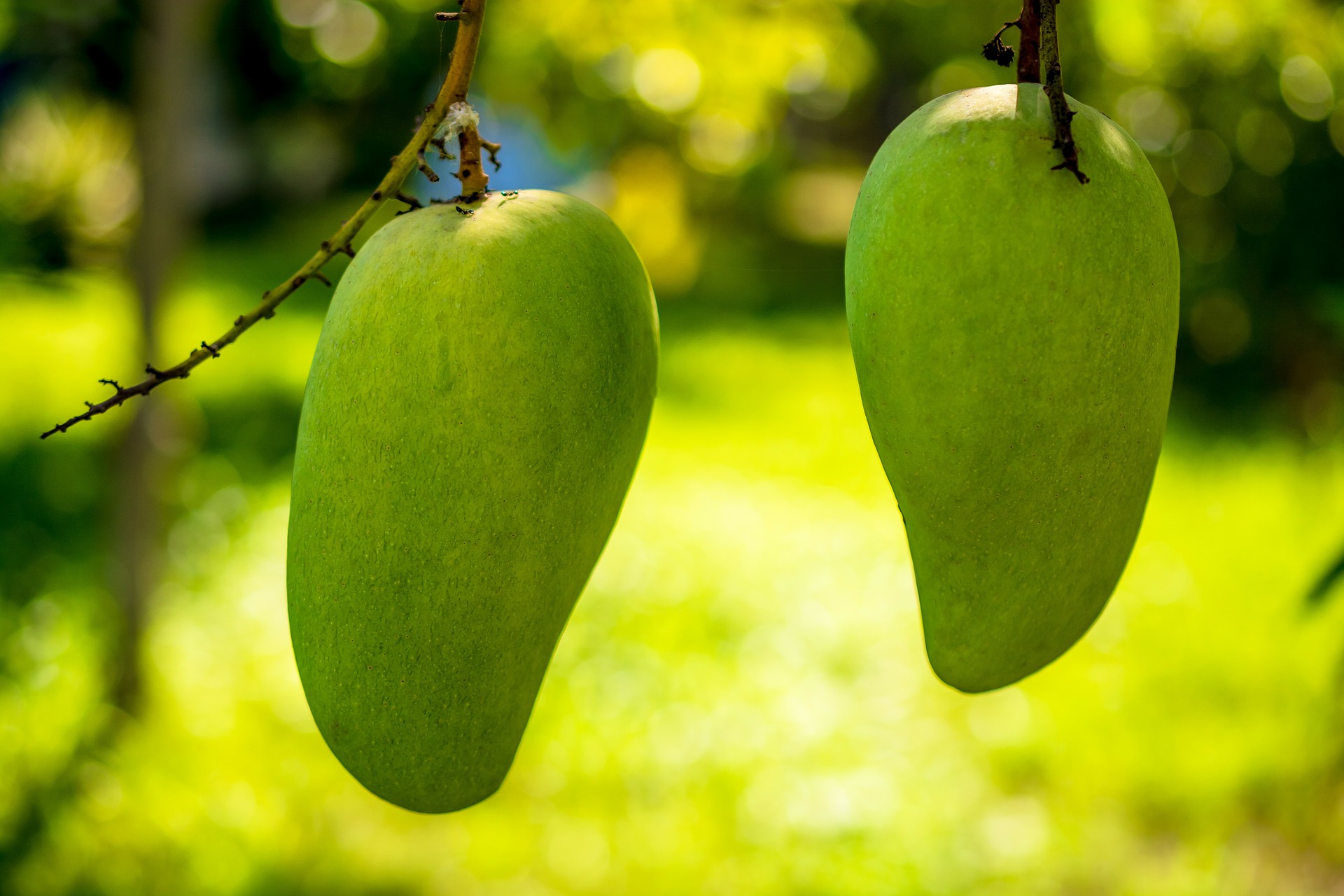
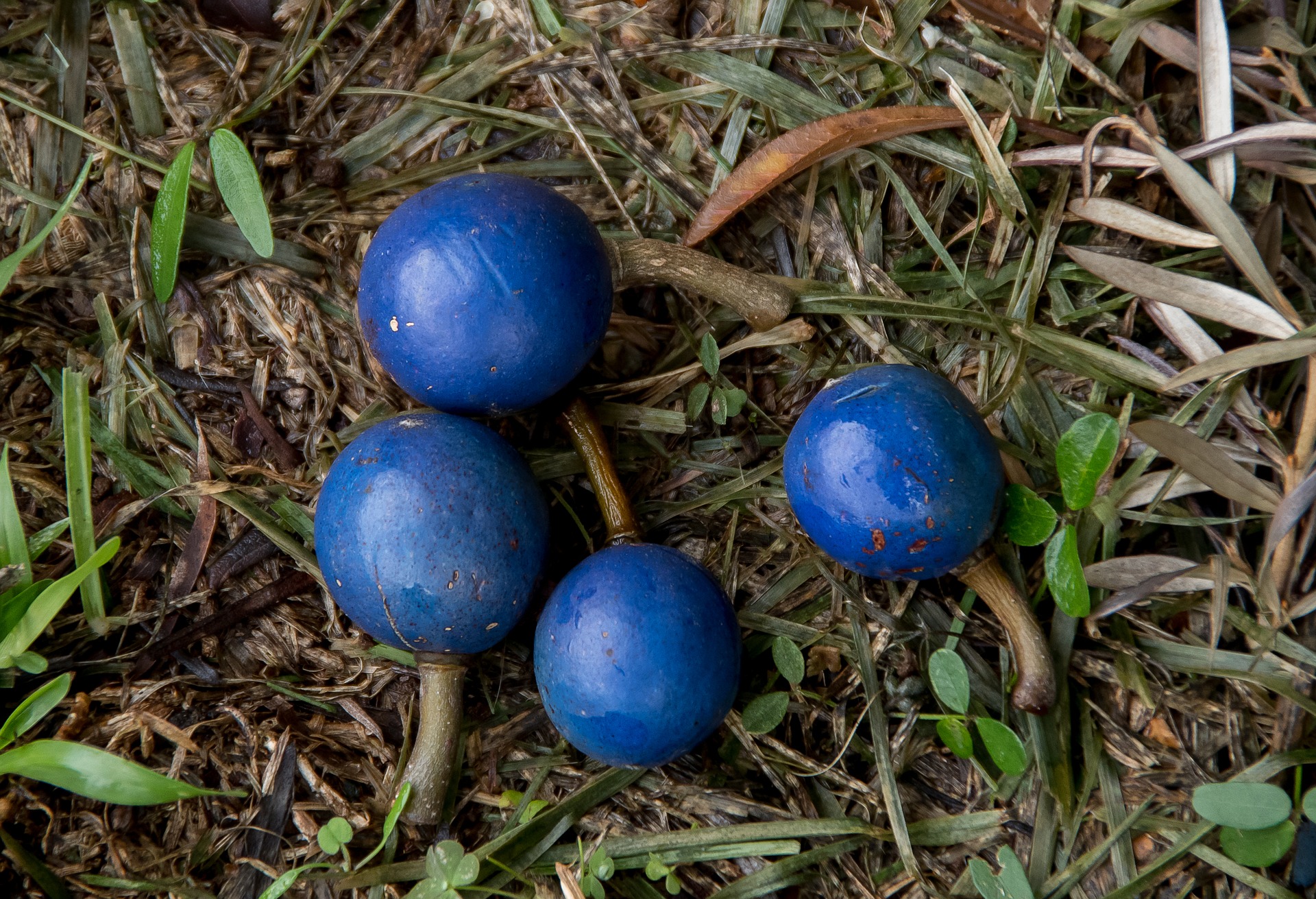
Pingback: Pomegranate Infused Vodka Recipe D.I.Y. - Build The Bottle